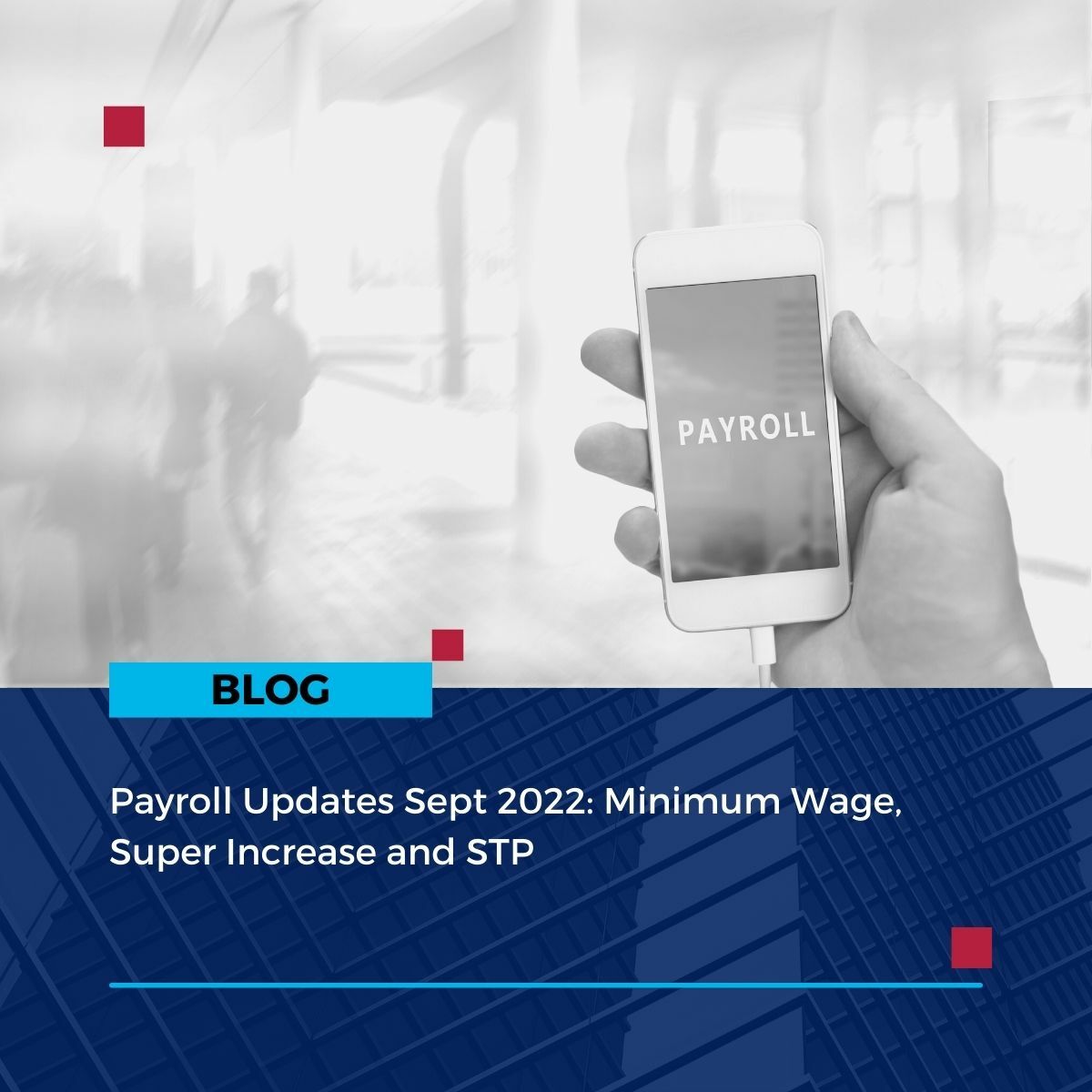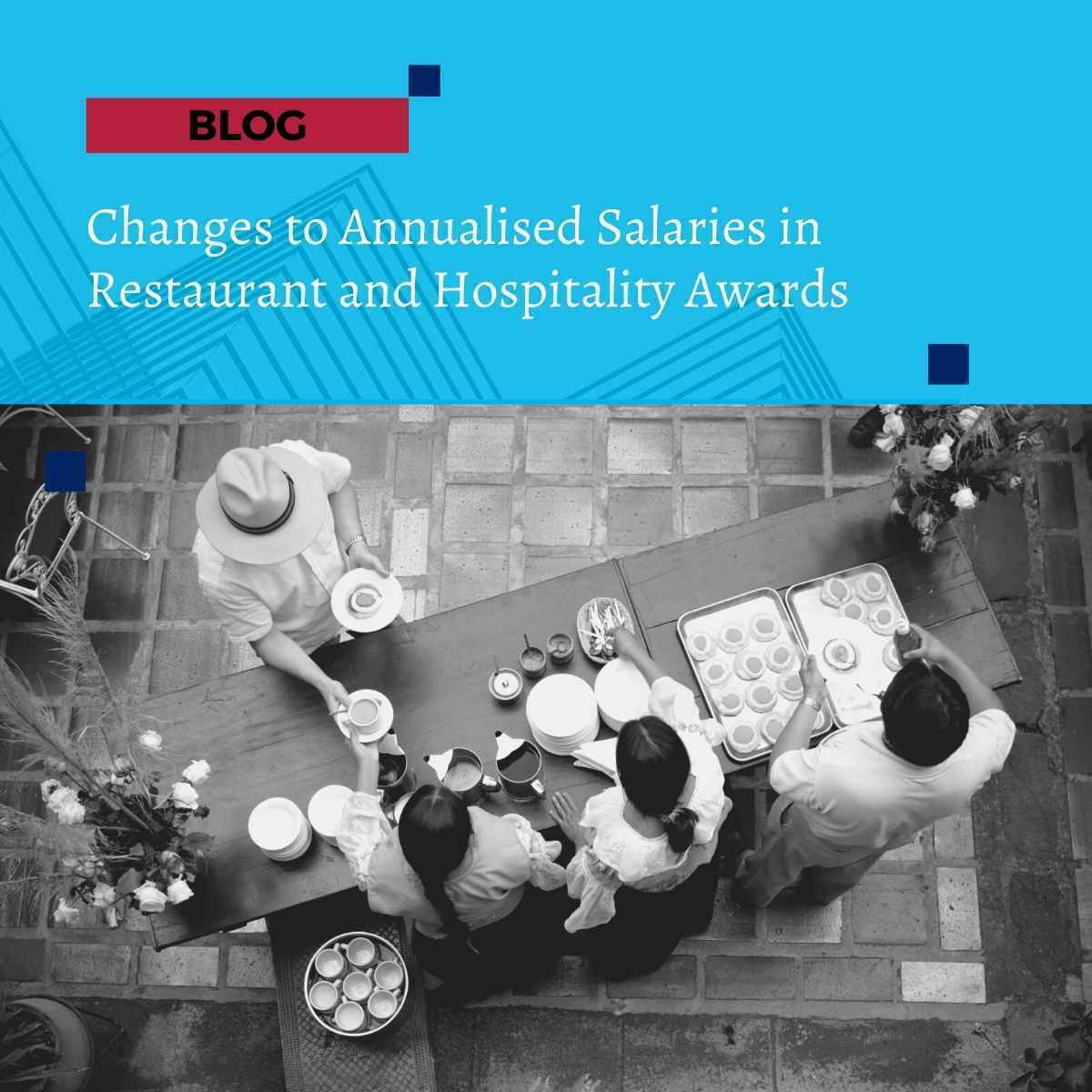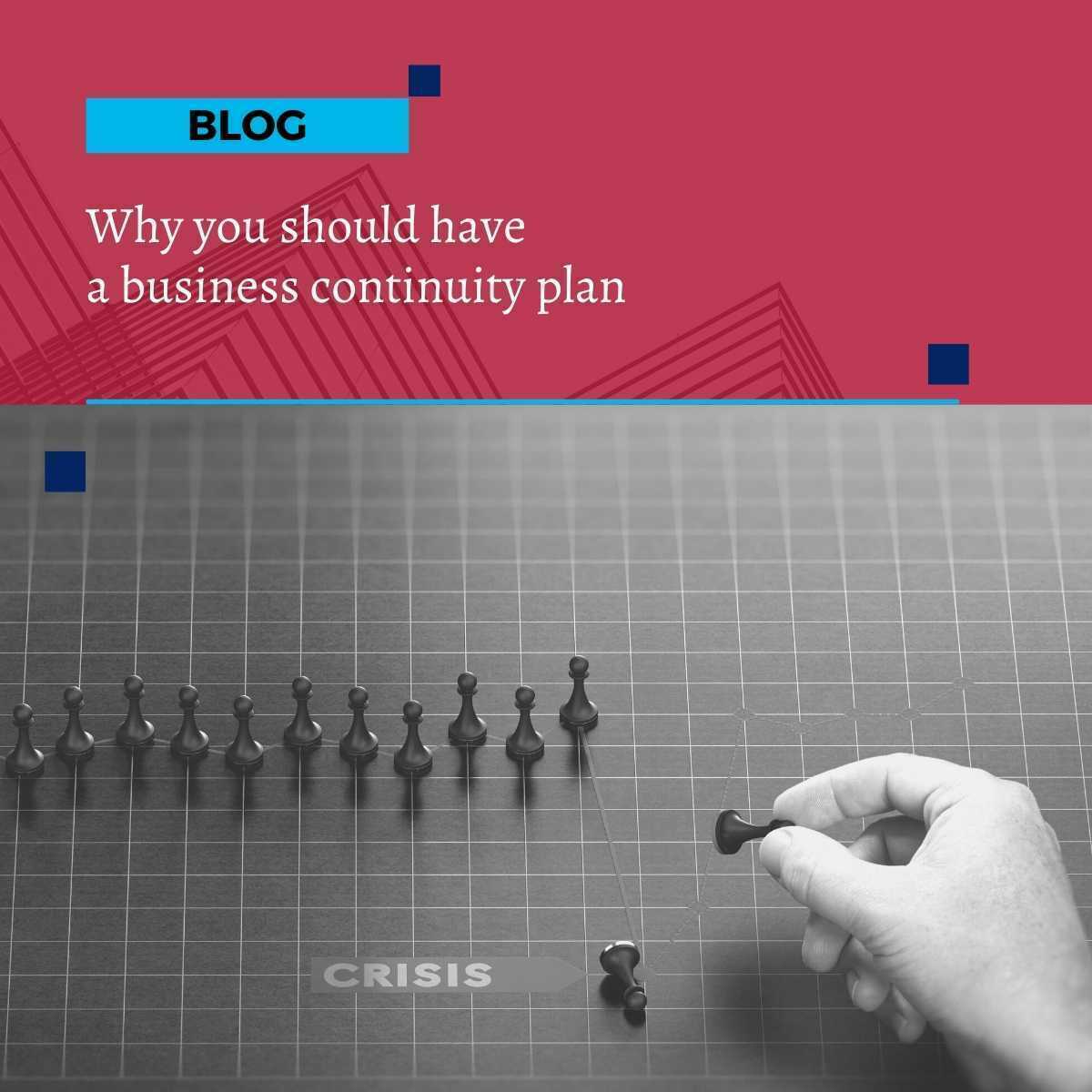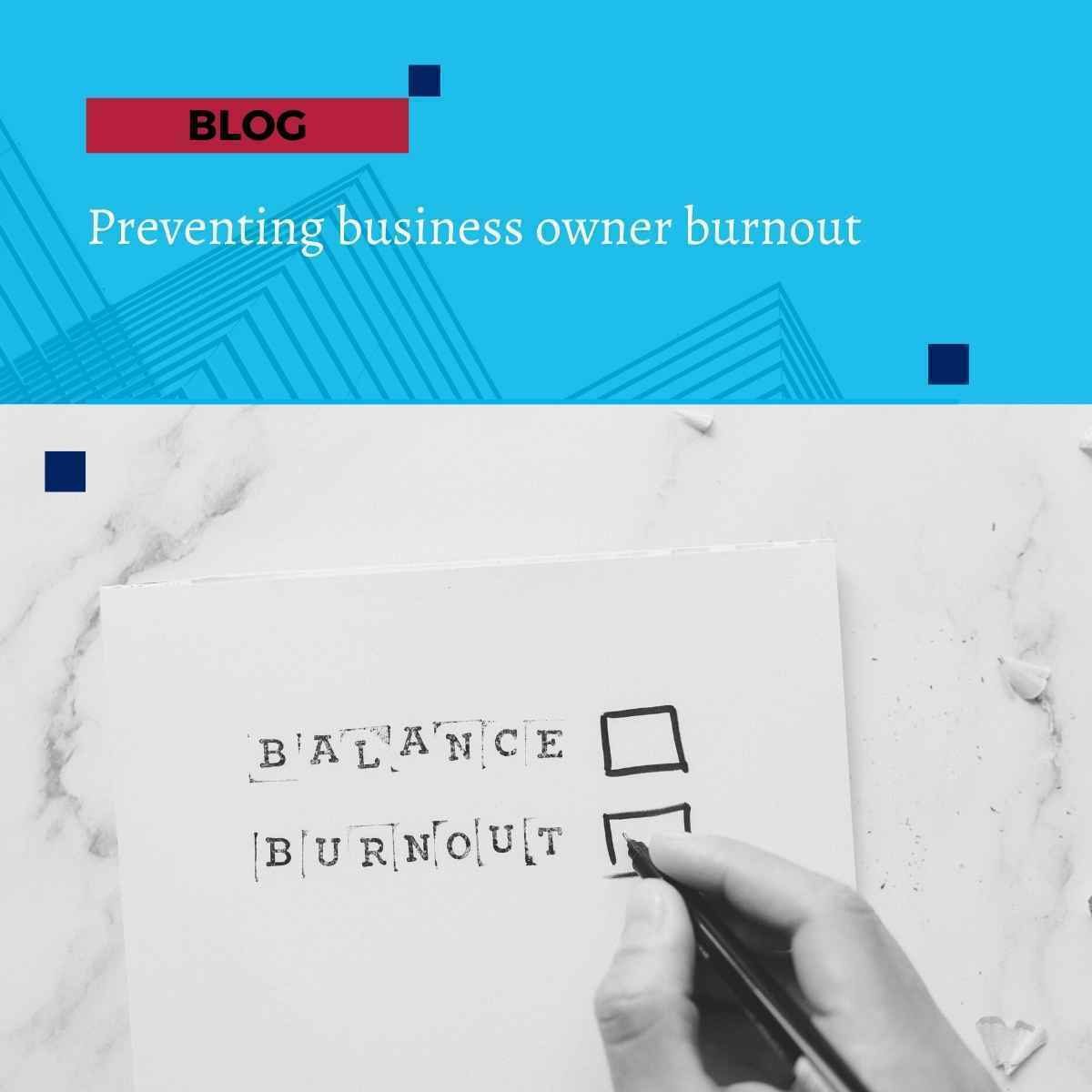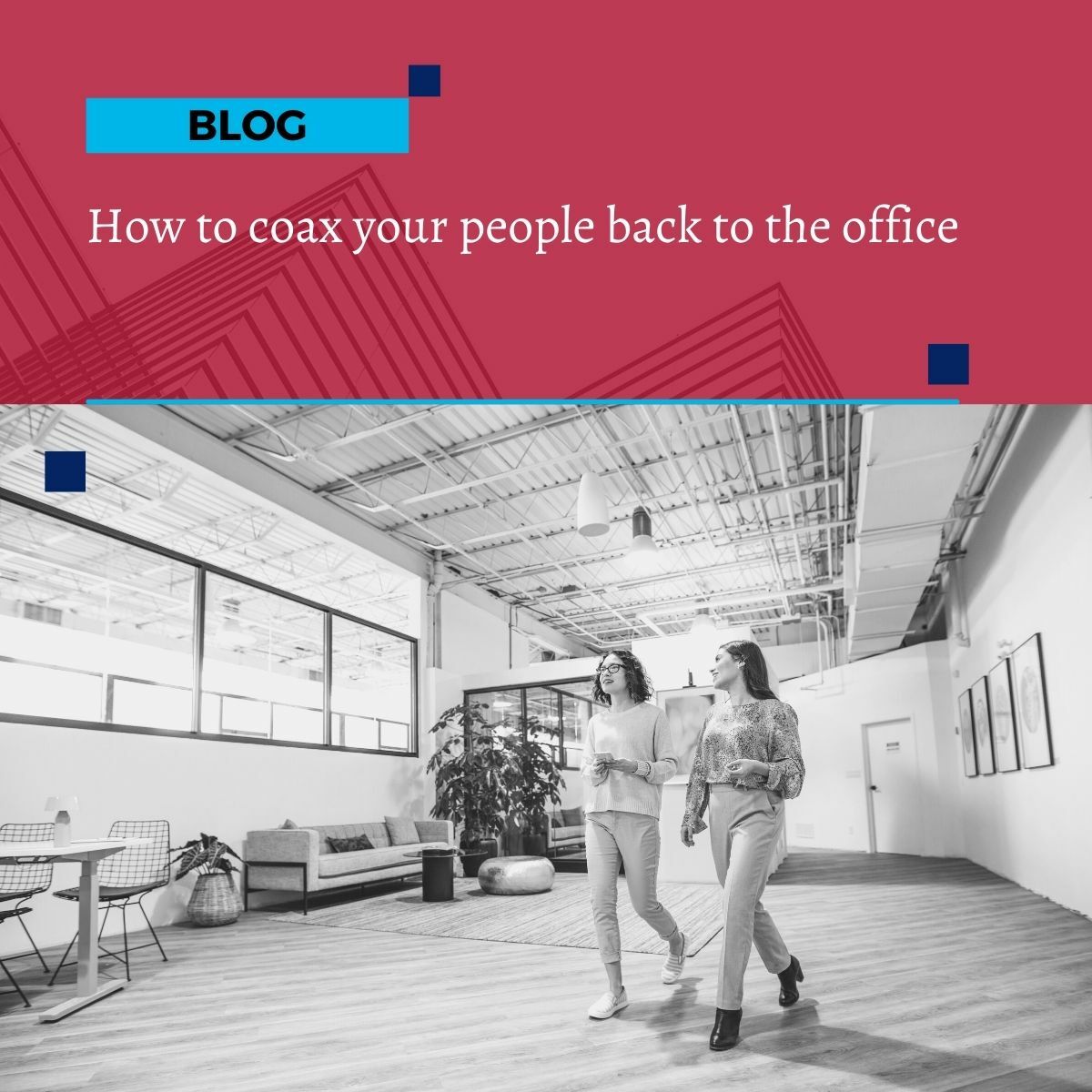How to coax your people back to the office
Globally, our relationship with work and the workplace has changed.
People got used to working from home (WFH) during the pandemic lockdowns and enjoyed the freedom it offered.
In fact, 61% of people working from home are doing so because they want to, even though their office is open, according to a recent survey.
But we also need to balance this new WFH ethic with the more sociable aspects of collaborating together at HQ.
What’s needed is a switch to hybrid working, with some time in the office and some time WFH.
So, how do you coax your people back to the office and highlight the benefits of sometimes working in one main workspace?
What turned people off of the office?
The Covid-19 pandemic came along and shook up the work dynamic in a big way. We’d had cloud technology and remote working available for some time. But the pandemic acted as a catalyst for pushing remote working as a viable, everyday work option.
This allowed us all to work. But it also had other repercussions too:
People moved out of the city
Many people moved away from the big cities and out into the suburbs/countryside during the pandemic. With cloud tech and WFH now the norm, some people felt there was no need to be in a city-based office. This removed the commute, saved money on train and travel costs and gave them more time in their day.
A change in property usage and prices
The mass exodus to the countryside pushed property and rental prices sky-high in these greener suburbs – with a huge demand for houses. And, on the flipside, big office buildings in the city have been standing empty, wasting money on rental fees and mortgage payments for companies.
So, how do you entice our people back from their suburban homes and into your office?
Coaxing your workforce back to HQ
People have got very used to working from their kitchen table. So, if you want your team to return to the office, you’ve got to deliver a workspace that offers something more.
Working from the office has to appear like a positive benefit, rather than the poorer cousin of WFH.
Creating a more welcoming environment with added amenity and flexibility will also stand you apart in a tight labour market.
Here are five ideas to try:
1. Make your workspace more inviting
Can you redesign the layout to add different work zones?. Have a hotdesking area alongside breakout tables, informal areas to make the office feel less formal and more like a home-from-home.
2. Offer perks and benefits in the office
If there are perks of being in the office, your team will be more incentivised to work here. Whether that is coffee and fruit or a offering gym memberships or cycle-to-work schemes that add tangible benefits of signing up to working a certain number of weekly hours from your HQ.
3. Have more in-person meetings
In a recent study, researchers found that video conferencing hampers idea generation, so our reliance on technology might come at a cost of creativity.
While Zoom, Teams and Google Meet can be invaluable for collaborating across time zones, it's worthwhile, encouraging your team to meet in-person also. Run more of your internal and client catch-ups as face-to-face meetings and have team huddles on a given morning in the office.
4. Encourage in-person mentoring and education
One thing that remote workers miss out on is face-to-face mentoring.
Try pairing up senior and junior staff members and giving them an assigned mentoring day to work together at HQ. And think about offering extra-curricular training sessions and ‘lunch ‘n’ learns’ to help people upskill and learn new capabilities.
5. Get creative with your ideas
To tempt people back, you’ve got to offer some fun too.
Try a ‘Bring your pet to work’ day, so people can bring their pandemic pooch to the office. Run more charity events where people can get into the spirit and work on their team bonding. Or offer after-work sports and leisure activities, like yoga, five-a-side football, quizzes, cookery classes etc.
Anything out of the ordinary that will appeal to a workforce that’s getting a little bored of working on their own from home.





